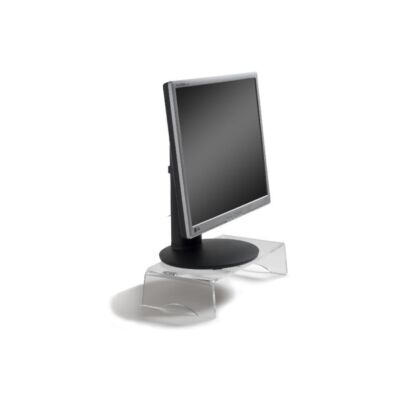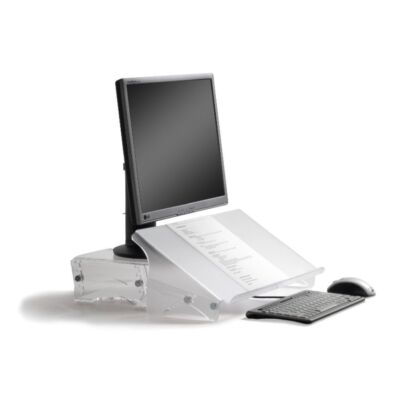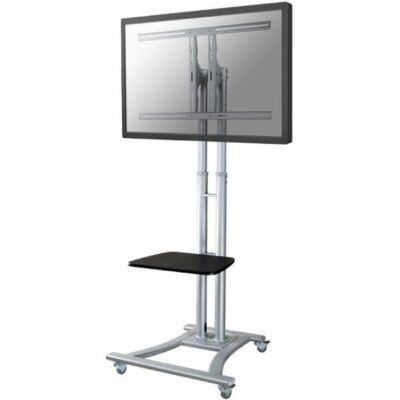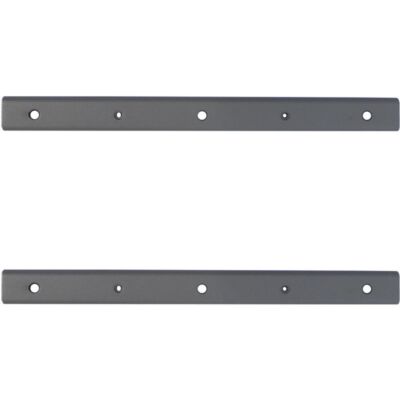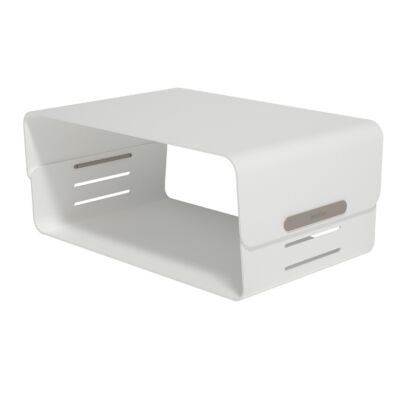Monitor stand
A monitor stand is becoming increasingly popular among people who work at their desks on a daily basis. By positioning your monitor at the right height, you improve your posture and prevent neck and back pain. Additionally, monitor stands can help organize your workspace and free your desk from unnecessary clutter.
What is a monitor stand?
A monitor stand is a tool designed to elevate a computer monitor and position it at the appropriate height and angle for an improved viewing experience. It typically consists of a sturdy and stable base platform, often in the shape of a rectangle, and an adjustable arm or holder on which the monitor rests. The arm or holder can be adjusted to accommodate the size of the monitor and can be rotated, tilted, and adjusted in height, allowing the monitor to be positioned at the proper height and angle for a comfortable and healthy working posture.
Number of monitors
Adjustable in height
Load capacity
Color
Material
Screen size
Brand
Why choose a monitor stand?
There are several reasons why a monitor stand can be a great investment for your workspace. Here are some key reasons:
Improves your posture
One of the main reasons to invest in a monitor stand is to improve the ergonomics of your workspace. By placing your monitor at the correct height and adjusting the viewing angle, you can reduce strain on your neck, shoulders, and back. This promotes better posture and can prevent pain and fatigue during prolonged use.
Saves desk space
Another reason to opt for a monitor stand is to save space on your desk. With a monitor stand, you can elevate the monitor off the desktop and create more room for other equipment, documents, and accessories.
Enhances productivity
A properly positioned monitor can also enhance productivity. With a monitor stand, you can adjust the viewing angle and height of your monitor to suit your needs, allowing for a more comfortable and efficient work experience. This can be especially beneficial if you spend a lot of time working with computers.
Reduces eye fatigue
By positioning your monitor at the correct height and angle, you can also reduce eye fatigue. If your monitor is too low or too high, it can lead to tired, dry eyes, and even headaches. A monitor stand can help prevent this and assist you in working for longer periods in a comfortable manner.
Types of monitor stands
Single monitor stand
Single monitor stands are designed to elevate a single monitor at the appropriate height and angle for a comfortable viewing experience. These stands are usually adjustable in height and angle and have a sturdy base platform to keep the monitor stable. Single monitor stands are ideal for home workstations or small offices where only one monitor is used. There are various types of single monitor stands available, ranging from basic models to more advanced stands with additional features like cable management and USB hubs.
Multi-monitor stand
Multi-monitor stands are designed to support multiple monitors on a single stand. These stands are ideal for users who use multiple screens for multitasking and productivity. They provide a sturdy and secure way to keep multiple monitors in one place and can be adjusted to accommodate the size and angle of each monitor. Some multi-monitor stands have additional features such as built-in USB hubs and cable management to keep your workspace organized. There are different types of multi-monitor stands available, including stands for two screens, three screens, or more.
Monitor stand with additional features
Some monitor stands offer additional features such as USB ports, integrated speakers, and wireless charging capabilities for your mobile devices. Other stands feature built-in document holders and accessory trays to keep your desk tidy. It's important to consider the various features available and choose a monitor stand that best suits your specific needs.





